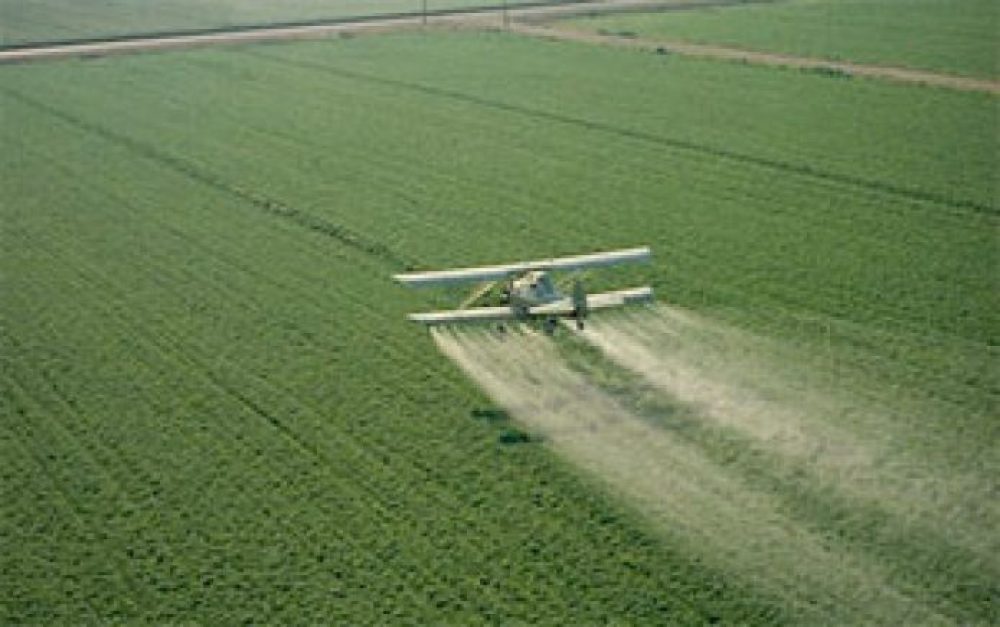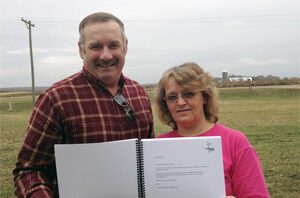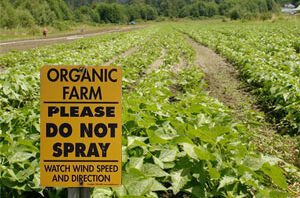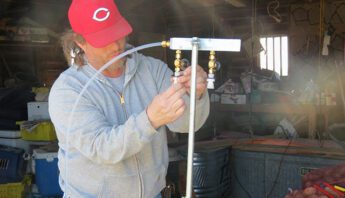Whether they are sprayed from planes or injected into the soil, pesticides don’t recognize fences or property lines. But pesticide users are, again, being forced to pay property owners for damage caused by airborne drift when they cross those lines.
According to a decision handed down July 26 by a Minnesota court, organic farmers who are victims of this “trespass” are entitled to compensation for pesticide contamination.
The case was brought by farmers Oluf and Debbie Johnson who were repeated victims of pesticide drift – leaving their crops unsellable for many years. Despite state officials' clear authority and obligation to protect farmers, and a pledge by the sprayers to “make it right,” the Johnsons' farm was contaminated at least four times. Through sheer persistence and solid science, farmers like the Johnsons are standing up to powerful interests and compelling state officials to do their jobs.
The Johnson's win has far-reaching implications for litigation over pesticide drift, according to the Minneapolis-St. Paul Star Tribune:
"Whenever this happens it will give people with overspray a legal avenue to pursue," said Doug Spanier, an attorney with the Minnesota Department of Agriculture, which administers pesticide enforcement regulations in the state. And that could go for any farmer whose crop is made inedible by someone else's chemical spray and even homeowners whose property has been damaged by a neighbor's overuse of RoundUp, legal experts said.
The July decision follows other victories across the country and "puts it in line with how other [courts] have dealt with this," said Alexandra Klass, a professor of environmental law at the University of Minnesota. "The vast majority of [courts] find that pesticide drift is a trespass." Recently, the organic Jacobs Farm in California was awarded $1 million after their herb crop was damaged. At the national level, Pesticide Action Network has been working to help federal regulators make better decisions to prohibit drift, against strong opposition from CropLife America and other pesticide industry lobbying groups.
Using grassroots science, PAN has long worked with communities to document the damage done by drift-prone pesticides. PAN's Drift Catcher – a vacuum instrument that samples pesticides in the air – has helped communities and farmers gather direct evidence of air contamination, from California to Maine. A Drift Catcher was used to detect pesticides drifting over the Jacobs Farm while evidence was being assembled for that successful litigation, and the devices have been used across Minnesota, including a training on the Johnson's farm.
"We applaud the July ruling," observed PAN's Paul Towers.
But property damage is just the tip of the iceberg. Farmworkers, farmers and rural families — especially children living, learning and playing near farm fields — are the most frequent immediate victims of drift trespass. Yet biomonitoring — testing blood and urine for pesticides and their break-down chemicals — proves that all of us are exposed through our air, water and food. The concept of “chemical trespass” must be applied more broadly, holding manufacturers of highly hazardous pesticides liable for regularly, continuously contaminating our bodies as well as damaging our property.







